The Psychology of Color and Weight Loss: How Hues Influence Your Diet
December 19, 2023
 2974
2974 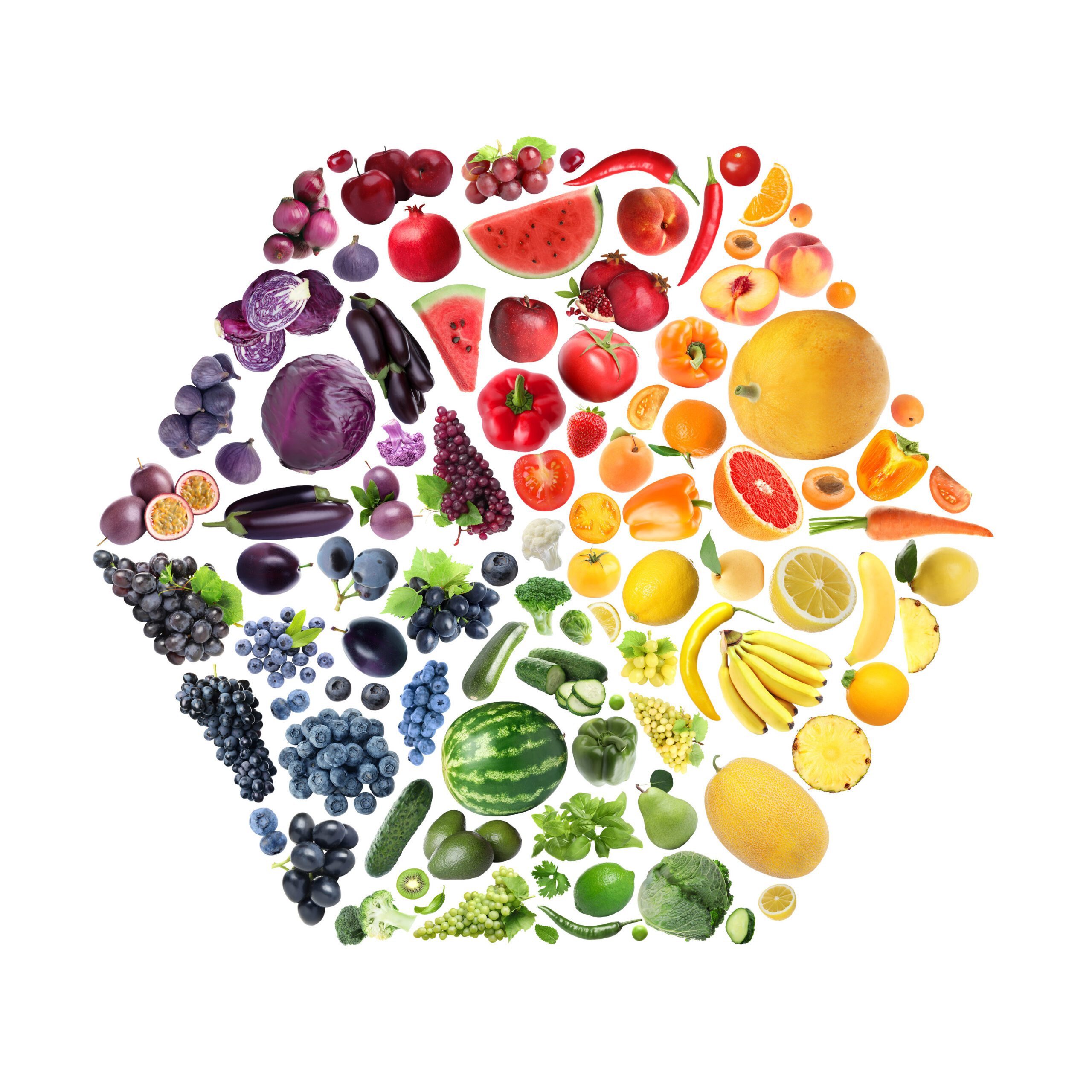
Welcome to a journey where the spectrum of colors intertwines with the path to a healthier you.
It’s not just the calories and exercises that shape our weight loss journey; surprisingly, colors play a pivotal role too.
Have you ever wondered why certain restaurants are painted in specific colors or why some plates make food look more appetizing?
This isn’t mere coincidence.
It’s the subtle yet powerful impact of colors on our appetite and eating behavior.
In this exploration, we’ll uncover how different hues around us can influence our eating habits, potentially steering our weight loss journey in unexpected ways.
When it comes to eating, our visual perception plays a crucial role.
Colors, with their psychological and emotional impacts, can subtly manipulate our appetite and food choices.
This concept might seem novel, but it’s grounded in a plethora of research and studies.
From the color of the walls in a dining room to the hue of the plate we eat from, each shade has the potential to affect how much and what we eat.
Understanding this relationship between color and appetite isn’t just intriguing; it’s a tool that can be harnessed in our quest for a healthier lifestyle.
Let’s dive into the rainbow of eating habits and discover how each color can shape our dietary choices.
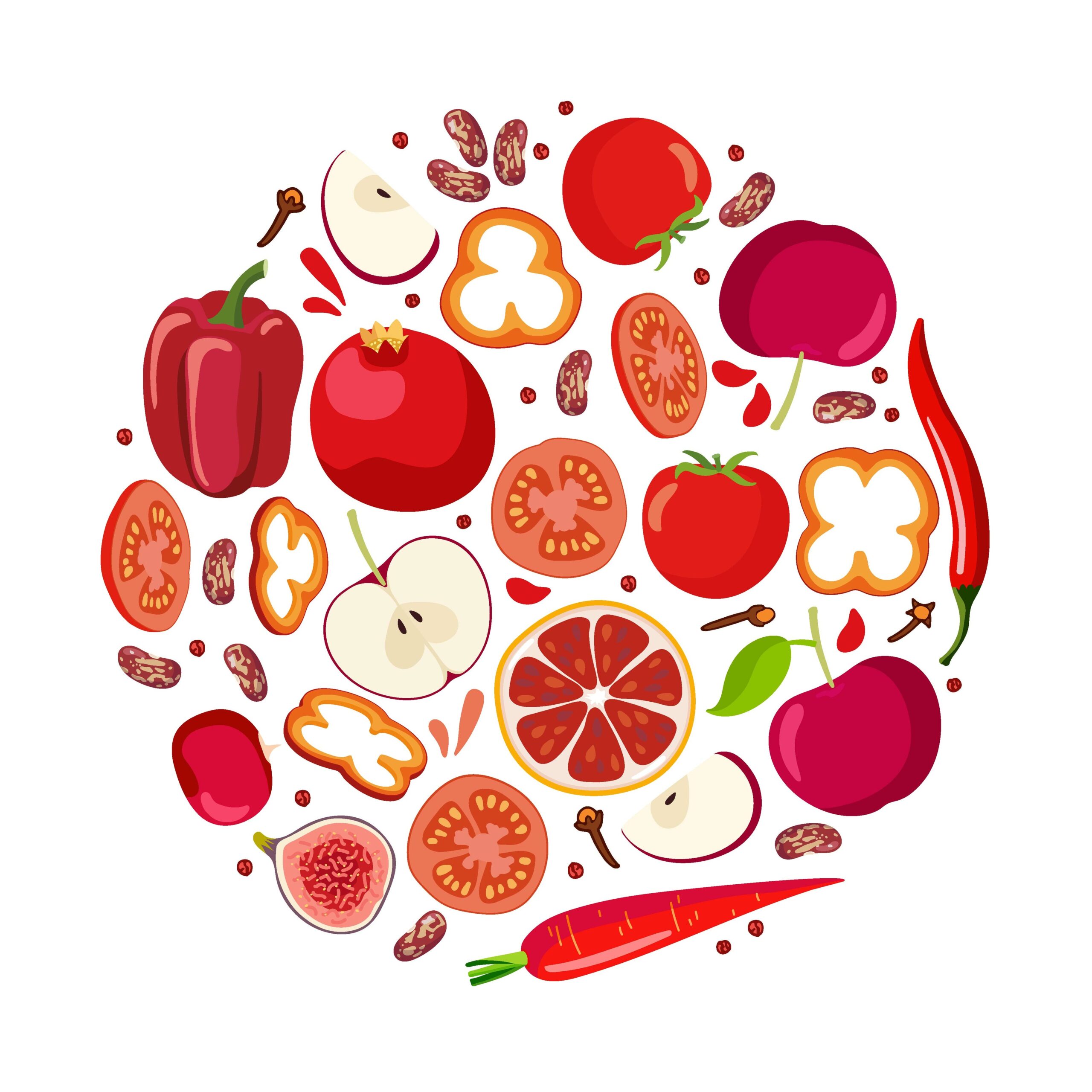
Red: A Culinary Siren Call
The color red, often associated with passion and energy, extends its influence to the dining table, acting as a potent appetite stimulator.
This isn’t mere speculation; it’s backed by scientific studies.
Research published in the journal Appetite reveals a fascinating facet of red: it increases eating speed and food intake.
When participants were served food on red plates, they tended to eat more than when served on plates of different colors.
This effect is attributed to the color’s ability to grab our attention and, possibly, trigger evolutionary associations with ripe, nutrient-rich foods.
Another study from the University of Rochester highlights how red backgrounds or lighting can increase the attractiveness and palatability of food.
This insight is not lost on the marketing world, where red is often used in logos and branding to entice customers.
But for those mindful of their weight, it’s a color to approach with caution, especially in kitchenware and dining environments.
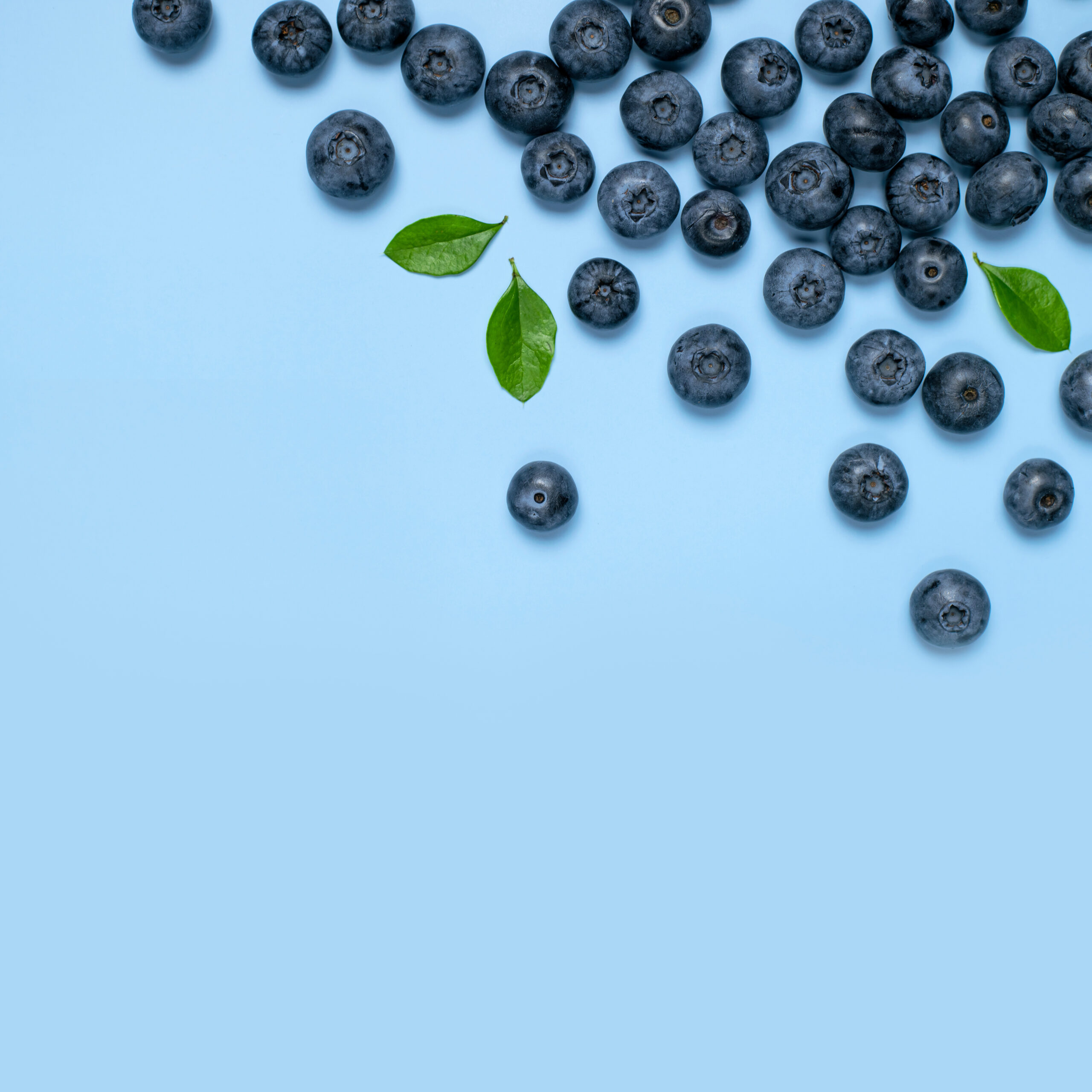
Blue: The Calming Counterbalance
In stark contrast to red, blue takes the stage as a natural appetite suppressant.
This is more than just an aesthetic choice; it’s a psychological reaction deeply rooted in our subconscious.
The rarity of blue in natural food sources, except for a few like blueberries, may signal our brain to be wary, as historically, intensely colored blue or purple foods could be potentially poisonous.
A study conducted by the University of Illinois found that participants exposed to blue lighting or dining in blue-decorated rooms experienced a decrease in appetite.
They ate 33% less in a blue environment compared to others.
Another aspect of blue’s influence is its calming effect, which can reduce the haste and impulsivity often associated with overeating.
By incorporating blue elements into dining areas, such as blue plates, napkins, or even a blue tablecloth, one can subtly encourage healthier eating habits and portion control.
This hue’s unique characteristics make it an excellent ally for those seeking to manage their weight and food intake mindfully.
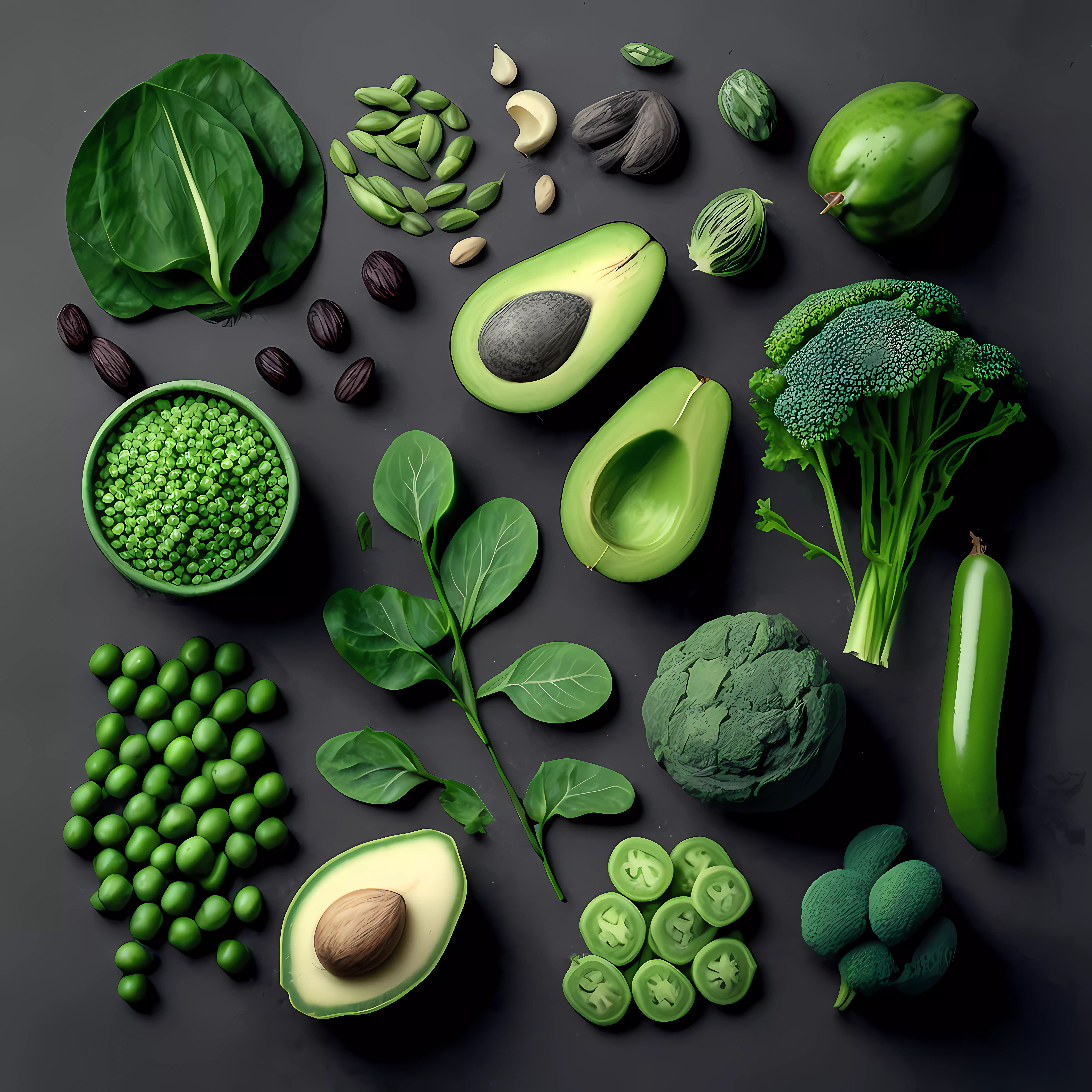
Green: Nature’s Cue for Healthful Eating
Green, the color most emblematic of nature, vitality, and renewal, holds a unique place in the spectrum of dietary psychology.
Its association with healthy, leafy vegetables and fruits makes it a visual cue for nutritious eating.
This connection isn’t just cultural; it’s also psychological.
A study from the Journal of Health Psychology found that people are more likely to perceive foods as healthy when they are presented against a green background or in green packaging.
This “health halo” effect of green can be strategically used to encourage healthier food choices.
Incorporating green elements into your dining space, like green plates or a verdant table setting, can unconsciously nudge you and your guests towards healthier eating habits.
Similarly, serving more green vegetables can enhance this psychological effect, reinforcing the message of health and wellbeing that the color green symbolizes.
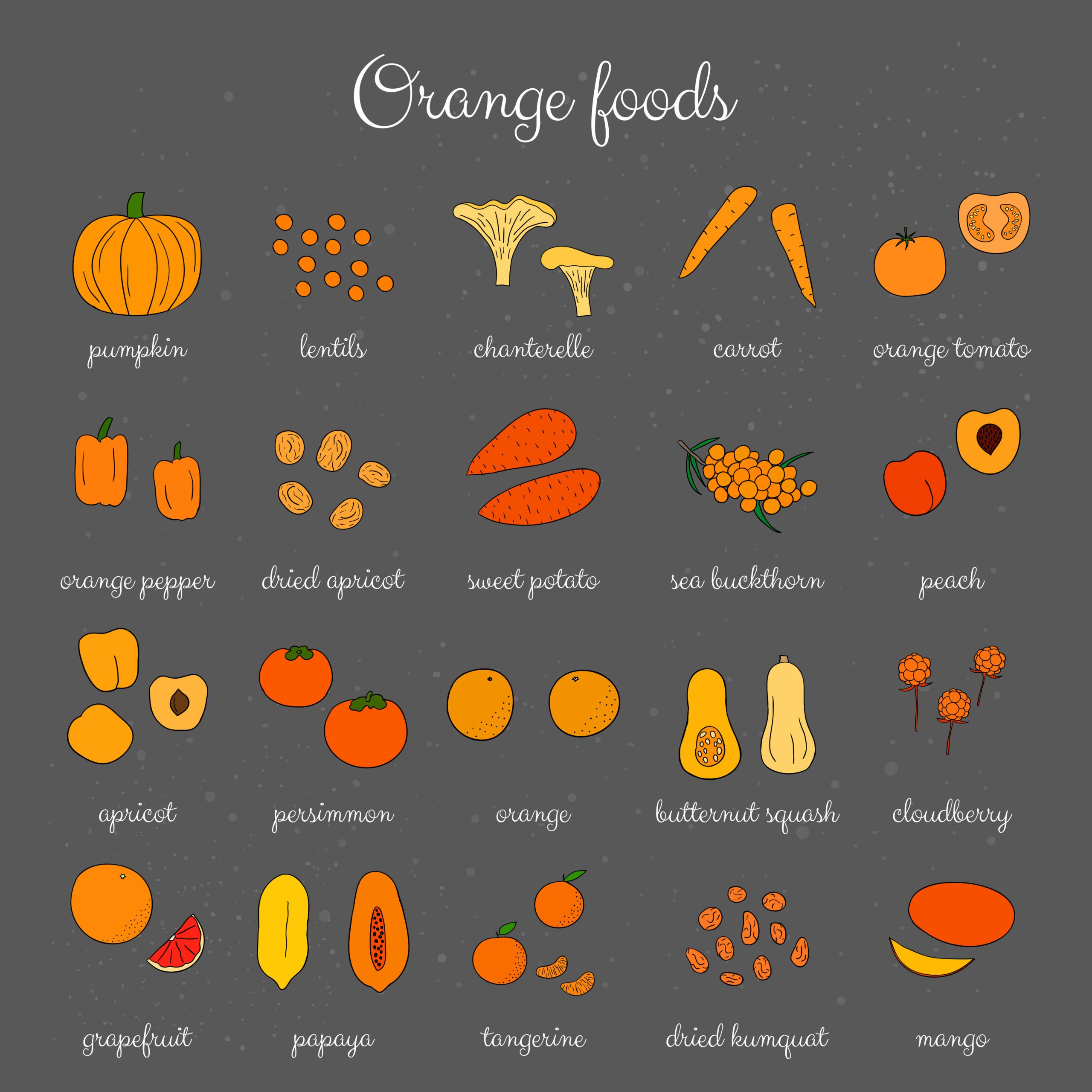
Yellow and Orange: Evoking the Essence of Comfort
Yellow and orange, colors that radiate warmth and joy, have a distinct influence on our eating behavior.
These hues are often associated with comfort foods – think of the golden brown of baked goods or the warm hues of cheese and pasta.
The reason behind this association lies in the psychological effects these colors have on us.
They evoke feelings of happiness, warmth, and comfort, potentially increasing our appetite and desire for foods that match these emotions.
A study in the journal Appetite suggests that warm colors like yellow and orange can stimulate the appetite by creating a welcoming and comforting environment.
This effect, while delightful in moderation, can also lead to overindulgence, especially in less healthy, comfort food options.
When considering weight loss or healthy eating, it’s essential to be mindful of these colors in your dining area.
Balancing these warm tones with more neutral hues can help mitigate their appetite-stimulating effects, aiding in portion control and healthier food choices.
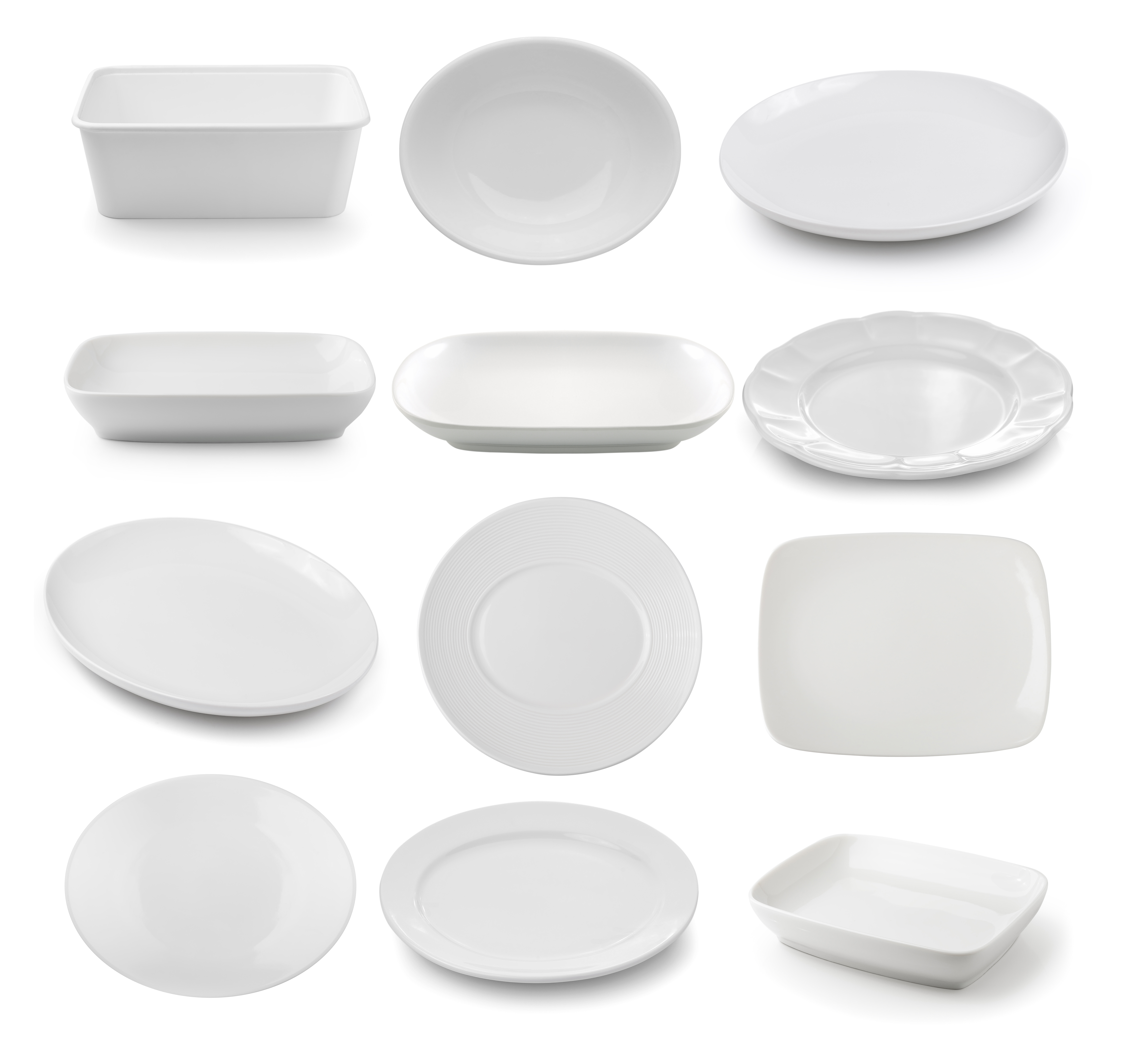
White: A Canvas for Culinary Contrasts
White, often associated with purity and simplicity, presents a paradox in the realm of dietary habits.
On one hand, its clean and uncluttered appearance can promote a sense of mindfulness and moderation in eating.
White plates, for instance, can make food more visually appealing, potentially increasing satisfaction with smaller portions.
This aspect can be particularly beneficial for those trying to control their portion sizes.
However, there’s another side to white’s influence.
The lack of color contrast between white plates and certain foods (like pasta, rice, or bread) can lead to unintentional overeating.
A study published in the Journal of Consumer Research found that when the color of the food is similar to that of the plate, people tend to serve themselves more because of the reduced color contrast, leading to less accurate portion size estimation.
This phenomenon highlights the need for careful consideration of plate color in relation to the food being served, especially for those mindful of their eating habits.
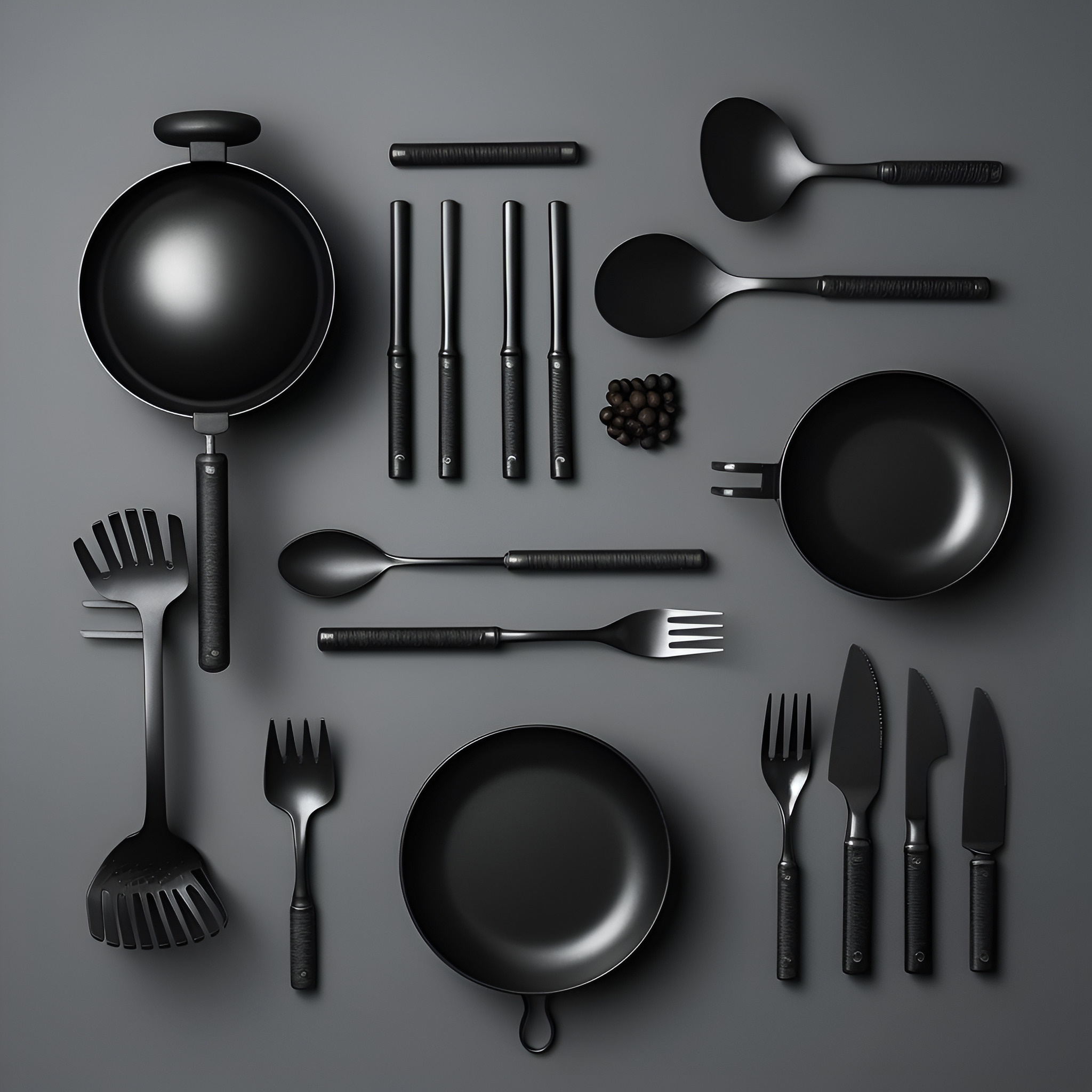
Black: Defining Boundaries in Dining
Black, a color often associated with sophistication and control, also plays a significant role in the psychology of eating.
Its strong visual boundaries can create a striking contrast with most foods, aiding in portion control.
A study in the International Journal of Obesity revealed that participants served themselves smaller portions on darker plates compared to lighter ones.
This contrast effect makes it easier to judge the quantity of food, leading to more mindful eating.
The use of black in dining settings, such as black plates, tablecloths, or even accent pieces, can therefore be an effective strategy for those looking to manage their portion sizes more effectively.
It’s not just about the elegance that black brings to the table; it’s also about its ability to foster a disciplined approach to eating.
For those on a weight loss journey, incorporating black into the dining environment can be a subtle yet powerful tool to help maintain control over food intake.
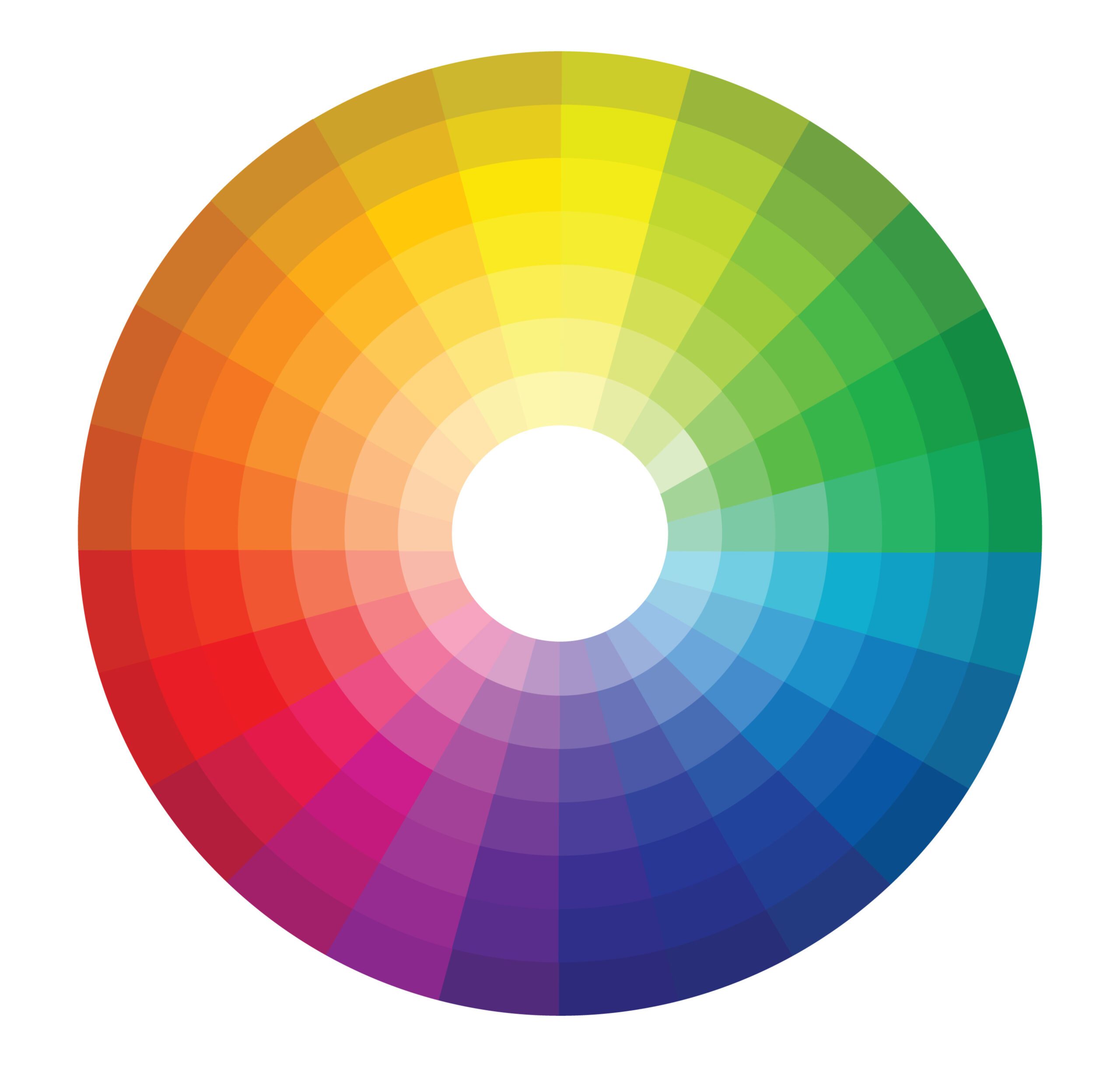
Tailoring Your Eating Environment for Success
Armed with the knowledge of how colors influence our eating habits, the next step is personalizing this insight to fit your unique lifestyle and preferences.
The key is to create a dining and kitchen environment that not only appeals to your aesthetic sensibilities but also supports your weight loss and health goals.
In this exploration of the psychology of color in relation to diet and weight loss, we’ve uncovered how different hues can impact our eating behavior.
From the stimulating effect of red to the calming influence of blue, each color holds the potential to subtly guide our eating choices.
The journey of weight loss and healthy eating is multifaceted, and understanding the role of color adds another dimension to this journey.
As you go forward, consider the colors that surround you during meal times.
Small changes in your dining environment can have a significant impact on your eating habits.
Embrace the power of color psychology as a companion in your journey to a healthier, more mindful way of eating. Here’s to a vibrant and healthy path ahead!

A new study suggests that a widely used sugar substitute found in diet sodas, chewing gum, and low-sugar yogurt may elevate insulin levels. This could increase the long-term risk of heart disease. “Artificial sweeteners have infiltrated nearly all types of food, making it crucial to understand their long-term health effects,” said Yihai Cao, senior author […]

Diet Coke has long been a fan-favorite among soda lovers who want a fizzy, guilt-free alternative to traditional soft drinks. While its zero-calorie, zero-sugar label makes it seem like a healthier option, the reality is far more concerning. Despite its undeniable popularity, Diet Coke’s nutritional profile has raised red flags among health experts for years. […]

New study shows that embracing an anti-inflammatory, plant-forward diet can support cognitive function and help reduce the risk of dementia. What You Eat Shapes Your Brain The food you eat doesn’t just impact your body—it also affects your brain. Research suggests that eating an anti-inflammatory, plant-based diet can help improve memory, focus, and overall brain […]